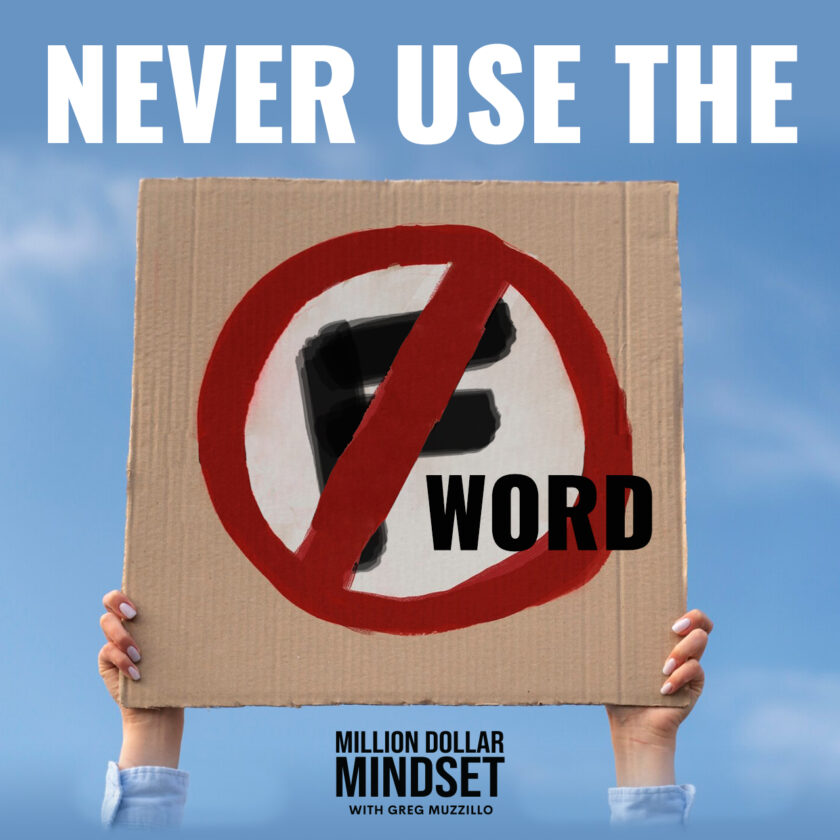Apple surprised a lot of promotional product suppliers and distributors last year when it sent cease-and-desist letters to suppliers, informing them that it owned the rights to the Apple 8- and 30-pin adapters, and threatened legal action if they continued to sell the unauthorized products. Many suppliers quickly pulled the offending items, and distributors avoided selling any remaining stock. It wasn’t clear how—and even if—iPhone accessories would return to the promotional products industry.
However, suppliers soon put the wheels in motion, paying Apple the required royalties and getting their factories certified through Apple’s MFi program (Made for iPhone, iPad and iPod)—yet another certification clients will be asking about.
Now, suppliers are unveiling (or in the process of preparing) their new lines of MFi products. We spoke to two industry suppliers—PSL USA Inc. and TomaxUSA.com, both of City of Industry, Calif.—about MFi certifications, and the latest trends and needed features for chargers and power banks.
Get MFi certified
While PSL USA Inc. will launch its MFi line in 2016, TomaxUSA.com started adding items, like the standard Apple Lightning Cable (8-pin), earlier this year. It then added the Apple Lightning Plus Micro-USB Cable last month, and now offers a few gift sets that include the standard cable. Before the holiday season rolls around, TomaxUSA.com expects to release its “octopus” charger, which has two micro-USB connectors, a mini-USB connector and a certified 8-pin connector that plugs into the main charger via a USB. “Apple has this policy,” Jason Jen, sales and marketing manager for TomaxUSA.com, said. “[The 8-pin] has to be a separate attachment in order for them to be incorporated with or involved with micro-USB tips, so it will plug into the base just as the other ones, but that one can actually be unplugged, so it’s separate as well.”
The main differences with newer iPhone adaptors are their certifications and higher prices. While the items haven’t become top sellers, Jen expects sales to pick up once the higher price becomes accepted as normal. “Any significant change in price will always be greeted with a little bit of friction at least at first, but it’s starting to catch on because there’s literally no one else who doesn’t want to play it safe,” Jen said.
That includes PSL USA Inc., which will unveil its MFi-certified line in 2016. “I think it’s good,” Brian Hillhouse, national sales manager for PSL USA Inc., said. “Apple is such a big company, and that letter had a profound effect on distributors and suppliers. To see the reaction that they got is good. We should all be doing the right thing. If someone’s got a licensed product, you shouldn’t be selling it unless you’ve made arrangements with them.”
Focus on convenience
As with all technology, the latest trends are important. For power banks, features that set them apart from previous year’s models are key. “It’s harder to sell power banks because a lot of customers come to us and they say, ‘Oh, last year we had already done power banks. What else do you have? What kind of new items do we have?’ So in order to continue selling power banks, our owner travels to China, walks the trade shows and he particularly keeps an eye out for something that is just different from the mold.”
TomaxUSA.com has added handy features, like a flashlight or built-in carabiner, while PSL USA Inc. opts for versions with phone stands or cable holders. “A lot of people take these power banks and put them in their purse, but they don’t have their connectors with them, so they’re no use to them once they got them,” Hillhouse said. “Adding the ability to add your connectors attached to your power banks is another nice thing.”
Another convenience factor is the fact that power banks have left their bulky, cumbersome features behind. “Because of technology and people in general, everyone likes to have the latest iPad or iPhone, and tech is changing so fast. Power banks are no different,” Hillhouse said. “I remember when they first started they were big and clumsy, and now they’re sleek.”
Find the right amount of power
“A lot of people have tablets and people are on their phones all day, and the fact of the matter is when you’re constantly using your phone, the typical battery life isn’t enough to last through the day,” Jen said on the importance of power banks.
But how much power is enough? The iPhone 5 requires 1,400 mAh for a full charge while the iPhone 6 Plus needs 2,915 mAh, Hillhouse said. And other models have battery capacities that fall in between those, and some are even higher than 3,000 mAh. But that doesn’t mean anything smaller is suddenly useless. “You don’t want to buy a power bank less than what your cell phone is if you’re looking for full charge, but we have a lot of power banks now that are just 500 mAh and these are for emergencies,” he said.
As for larger electronics, tablets might start around 4,000 mAh, with the Apple iPad 4 on the higher end with a 11,560-mAh capacity. Then there are power banks for laptops, like PSL USA Inc.’s Big Boss. “The Big Boss is sort of unique in the market,” Hillhouse said. “I haven’t seen many of this type. It’s a 13,200-mAh power bank used for laptops. It comes with 10 different laptop connectors, which virtually meet the demand of 99 percent of laptops on the market—except MacBooks, but it does come with an adaptor, so it will work with that as well.”
Output is another area to check to determine whether it is capable of charging at 1 or 2 amps. “Traditionally, cellphones use 1 amp to charge their phones, but the newer phones—I believe the [Galaxy] S6 for Samsung—can be charged at 2-amp speed, and most tablets—I would say over 90 percent of the tablets in the market—can be charged at 2-amp speed as well,” Jen said. “A 1-amp port can still charge either of those devices, but not as quickly.”



